-
Video
Curved shelves automatically boost the perceived value of merchandise.
-
We humans are creatures of habit, subject to a sort of behavioral inertia that favors the routine. In some ways, this characteristic is beneficial for retailers, as it makes consumer shopping patterns more predictable. But “routine” is also synonymous with “boring,” which is not so conducive to building a positive in-store experience. To really pique shoppers’ interest and make an impression that will lead to more sales, retailers occasionally have to throw in an unexpected curve ball—or rather, a curved shelf.
-
-
A curved form in an otherwise angular environment stands out like an exclamation point to communicate excitement and arrest attention. Shoppers will notice a curved shelf in line with standard shelving simply because it differs from their expectations. Curved shelves in conjunction with angular shelves are prime merchandising real estate, an effect not unlike that of an end cap or feature aisle display: their conspicuous profile makes them the perfect platform for impulse merchandise or other targeted SKUs. “Browsing by the consumer is more deliberate,” claims Eric Boulden, President of Jump Branding & Design, the firm behind Canadian retailer terra20’s award-winning store design featuring curved fixtures. “The curved displays help to contain the eye as it drifts down the display, allowing a more focused story that can be told by the retailer.”
-
That’s not to say angular shelves cannot accomplish the same story-telling goal. In fact, the uniformity of traditional fixtures presents an organized, cohesive message that can be enticing in its familiarity. But delivery is also an influential factor. Long, straight rows—especially consisting of fixtures taller than the average human—can appear intimidating, which is why retail trends have begun shifting away from customary “grid” layouts and toward shorter, more natural configurations. Curves supplement an organic format that puts shoppers at ease and makes them more susceptible to merchandise impressions.
-

Studies have shown that the human brain is inclined to favor curves over angles due to a number of factors, both innate and learned, including our tendency to associate sharp angles with danger, as well as the predominance of curved, flowing lines in nature. For example, the amygdala (the area of the brain responsible for processing emotions such as fear, anxiety, and aggression) shows “significantly more activation for sharp-angled objects compared with their curved counterparts” (Bar and Neta, “Visual Elements”). On the other hand, the anterior cingulate cortex, which is involved in higher-level functions such as attention allocation and emotional experiences, has shown more reaction towards curved forms. There also seems to be a higher approach response to curves, with the implication that shoppers might unconsciously be more willing to approach a curved shelf over an angular one.
-
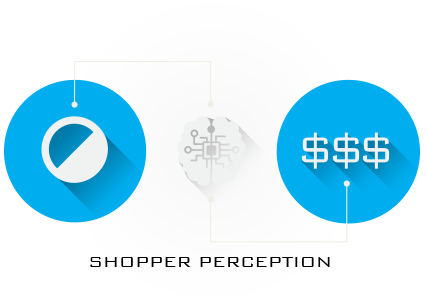
-

-
In addition to being naturally attractive, curved displays are often seen as “upscale,” given their popularity in boutiques and other small-format stores that specialize in select merchandise categories or otherwise cater to specific audiences. Larger and more generically merchandised applications benefit from this learned association because it imparts exclusivity—but in a positive way. The suggestion of quality and of individualization increases the customers’ perceived value of merchandise, which translates into a constructive influence for overall store sales. In their 2018 research concerning the impact of curvilinear design elements on retail performance (publication pending), Dr. Brian Spaid and Dr. Joseph Matthes of Marquette University found that products faced along the curve of a curved shelf conveyed a higher expectation of cost, “suggesting that the curved shelf helped the shopper perceive the product as more premium.” Spaid and Matthes concluded that there is “broad support” for curves improving retail performance, since they are generally found to be more beautiful and more likely to encourage store exploration.
-
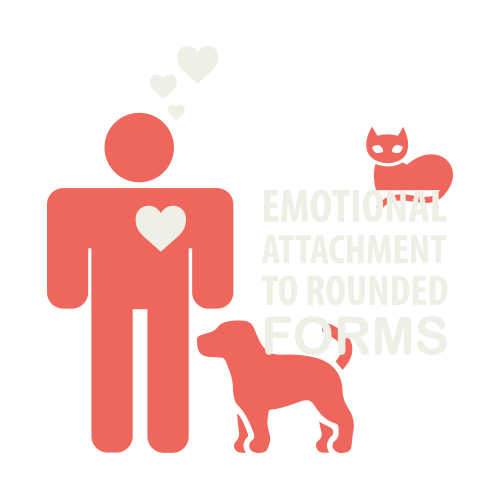
Curves have pragmatic benefits that impact the bottom line, as well. In stores with constructional anomalies or other obstacles, such as cylindrical pillars and columns, angular displays are sometimes an inefficient use of space. Curved displays can better adapt to unconventional shapes in floorplans, following curved walls more seamlessly and wrapping around any protrusions. They can also open up a cluttered layout by giving the illusion of wider aisles while maintaining a compact footprint. At the same time, merchandise exposure is improved: “You are able to get more product facings from all angles on a curved shelf versus just front facings on traditional shelving,” says George Fanourgiakis, CEO of StoreXperts, Inc. Merchandise exposure leads to impressions, and impressions convert browsers into buyers.
-
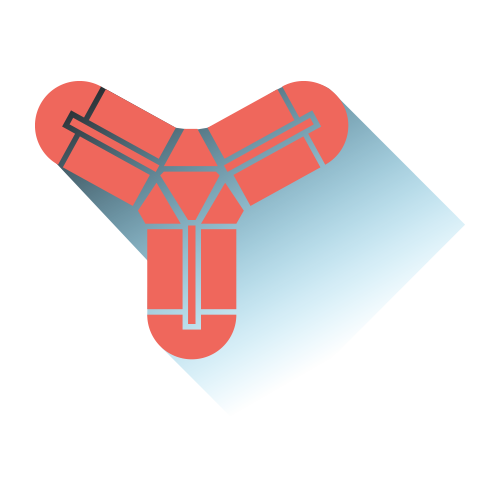
-
In the face of growing online competition, brick-and-mortar retailers have to play smarter than ever to stay ahead. Fortunately, despite the various impediments physical stores face, they still offer one major advantage over digital platforms: tangible interaction with merchandise. Customers like to browse; they enjoy the somatic act of shopping. A truly memorable in-store experience therefore increases not only the chances of a sale, but also the customer’s likeliness to return to the store in the future. Curved displays are both a practical and artistic solution to an individualized store environment. They can help brick and mortar break away from the mundane—to get ahead of the curve, as it were.
Featured Curve Solutions
-
Y-Gondola
Create Focal Points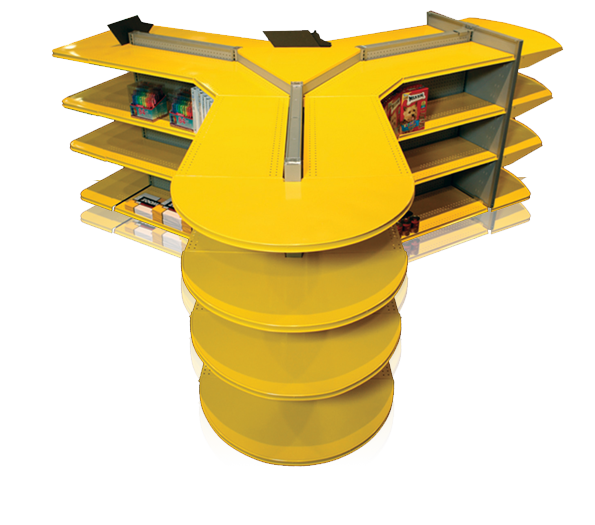
Check It Out » -
Concave/Radius
Draw Attention to Merchandise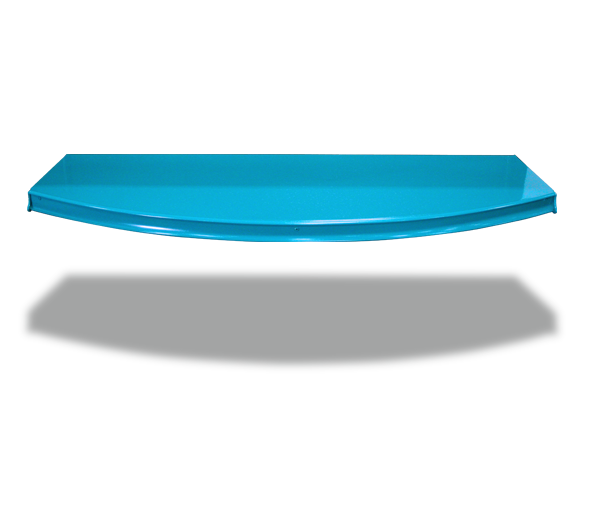
Check It Out » -
End Caps
Product Display Options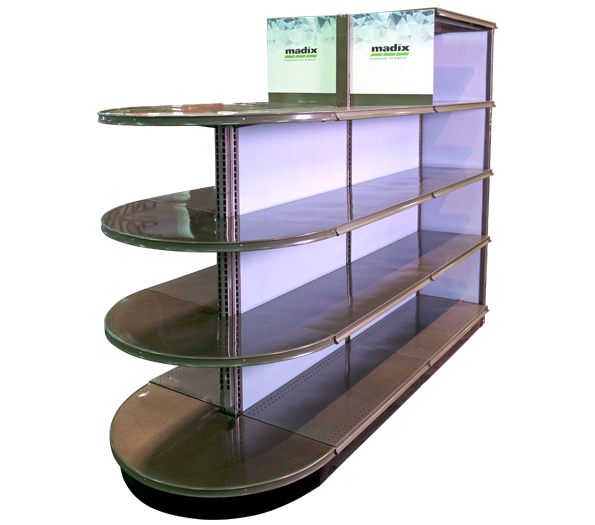
Check Them Out »

-
Installation
- Install Videos »
- ASYs »
- National Installers »
- Sales Assistance »
-
© 2025 Madix, Inc. All rights reserved.
Texas: 214.515.5400 | Alabama: 256.839.6354



